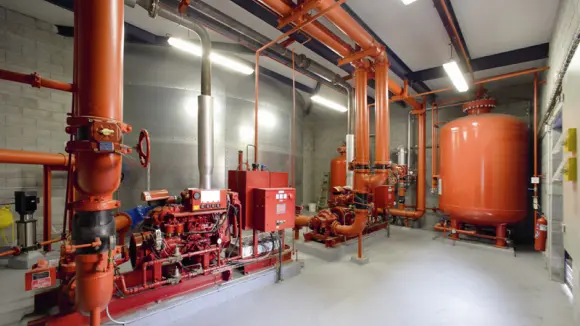In 2015 Fomento published a new ADR with some modifications over the previous one. Until July 1, 2015, the 2013 and 2015 ADRs will coexist.
In the following table you will find a very useful summary of the main modifications!
The transportation of goods is one of the most commonly contracted activities, being an operation closely linked to every production process, from the entry of raw materials to the exit of the product. In particular, in the chemical industry, where hazardous substances are manufactured or handled, the transport of goods classified as hazardous represents a significant volume of the total transport contracted.
Transport accidents involving dangerous goods are of such magnitude and seriousness that their consequences have a special impact on society due to the high number of victims, injuries, material losses and serious damage to the environment. To regulate this situation Royal Decree 1254/1999, of July 16, 1999.The main purpose of this Act, which approves measures to control the risks inherent to major accidents involving hazardous substances, is to prevent major accidents involving hazardous substances and to limit their consequences in order to protect people, property and the environment.
The European Agreement concerning the International Carriage of Dangerous Goods by Road, in force on January 29, 1968, regulates the requirements relating to the conditions under which dangerous goods permitted to be transported by road must be transported. Its application is mandatory within the European Union and for the internal transport of goods in Spain.
A new version is currently published every two years. The Ministry of Public Works has made available a provisional version of the ADR 2015.
provisional version of the ADR 2015
pending the publication of the official edition expected in the middle of the year.
Notable new features of the 2015 ADR include the following:
- Clarifies situations in which the ADR is not applicable to radioactive materials.
- Improves the criteria for assigning packing group to some flammable viscous liquids, such as paints, enamels, lacquers, varnishes, adhesives and polishes.
- Modifies exemptions on some biological samples.
- It modifies and includes special provisions applicable to radioactive materials and objects, pyromechanical devices, paints, batteries and lithium batteries, among others.
- It clarifies different packing instructions.
- It modifies several considerations in relation to the marking of packages containing limited quantities and packages with excepted quantities, radioactive materials and materials hazardous to the environment, materials transported hot.
- Clarifies the format of all label plates.
- It specifies new special provisions for the transport of discarded, empty, uncleaned packaging.
- The written instructions expand the smoking ban when using electronic cigarettes or similar devices.
- Requirements for fissile materials in all areas of application of the ADR are specified, clarified and expanded.
Related file: Summary of ADR 2015 modifications (PDF, 87.4Kb)
More information at: http://www.fomento.gob.es/MFOM/LANG_CASTELLANO/DIRECCIONES_GENERALES/TRANSPORTE_TERRESTRE/MMPP/ADR_2015/
